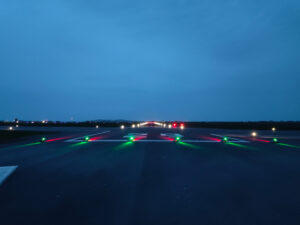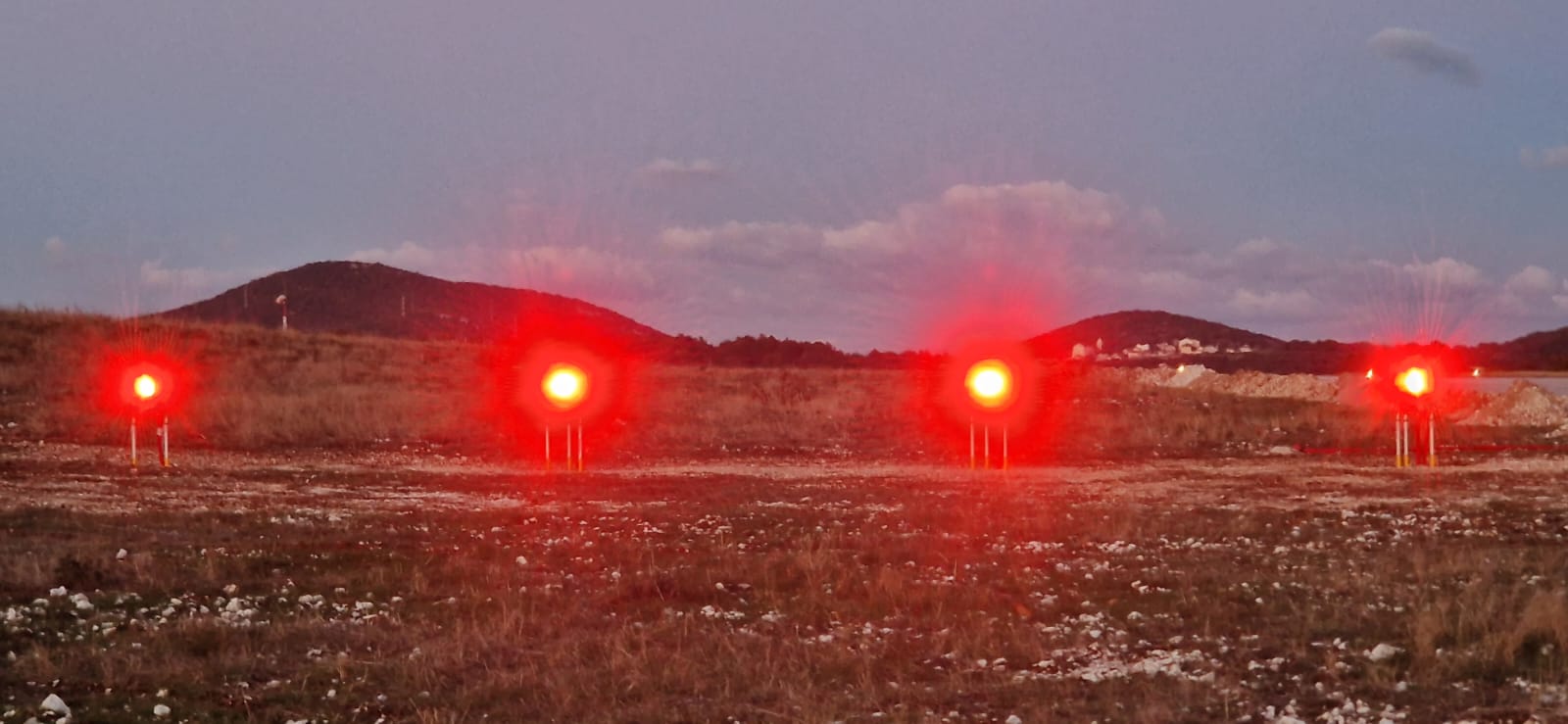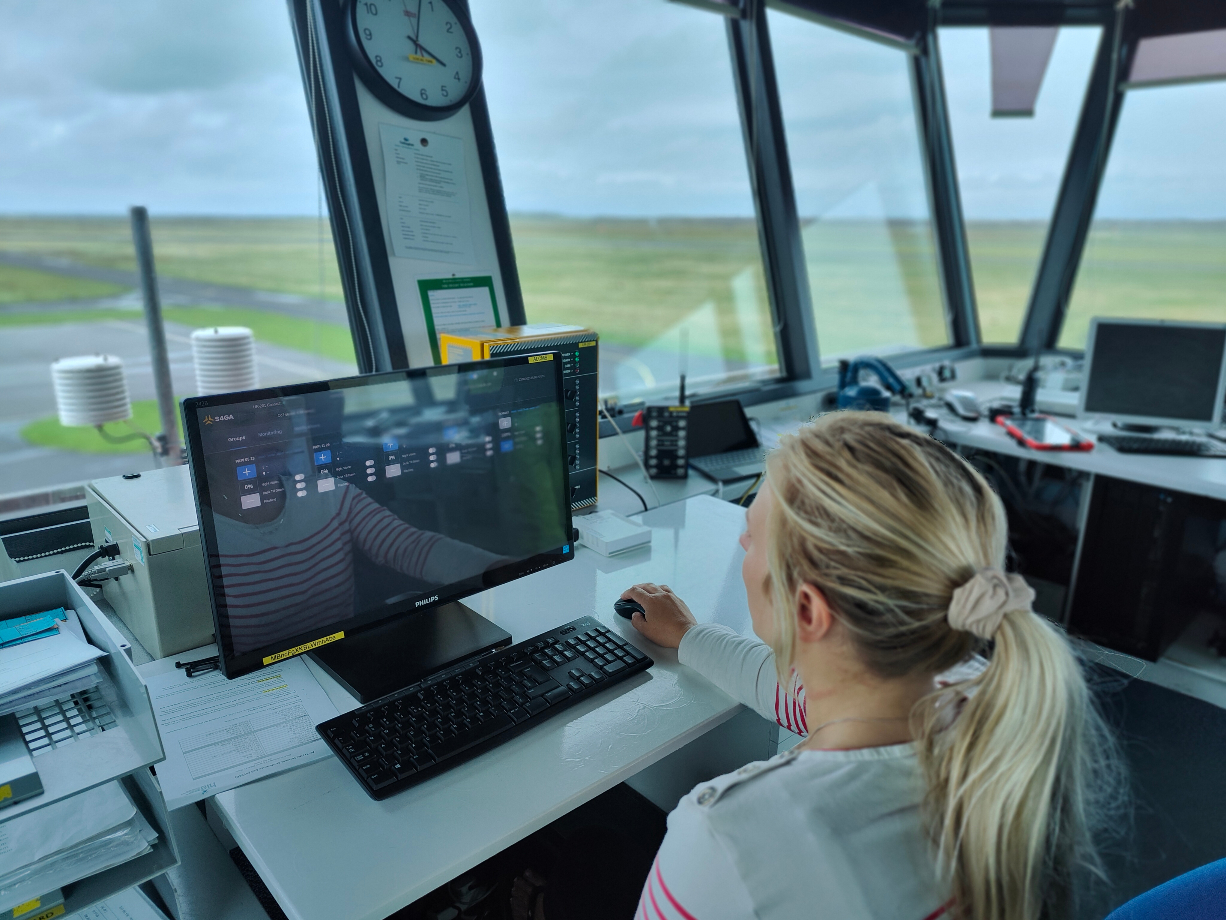



 Explore the world of Solar Airfield Ground Lighting (AGL) with a collection of informative and engaging videos, designed to provide you with all the essential information about our innovative offerings – check out Solar AGL Must-See Videos on Youtube. Discover how S4GA’s advanced technologies are revolutionizing the aviation industry and learn more about our sustainable solutions for airfield lighting.
Explore the world of Solar Airfield Ground Lighting (AGL) with a collection of informative and engaging videos, designed to provide you with all the essential information about our innovative offerings – check out Solar AGL Must-See Videos on Youtube. Discover how S4GA’s advanced technologies are revolutionizing the aviation industry and learn more about our sustainable solutions for airfield lighting.
Dive into captivating case studies that demonstrate real-world applications of our solutions, highlighting the positive impact they have on airports of all sizes.
In addition, our playlist features engaging webinars presented by industry experts, where you can gain valuable insights into the latest trends and advancements in the field of airfield lighting. From discussions on sustainability to in-depth technical analysis, these webinars provide a deeper understanding of the benefits and capabilities of our modern airfield lighting solutions. Subscribe now and stay updated with the latest developments in Solar AGL!
Solar runway lighting is the best solution for airports located in remote areas with NO access to electrical infrastructure and high photovoltaic potential. It is related to remote islands of Southeast Asia, safari in Africa or mountains in Nepal – extremely popular destinations among tourists all over the World. Regional and domestic airports in these regions are servicing local airlines which transfer people from the international airports to local destinations.
Because of poor electrical infrastructure and remote location, it is very expensive and difficult to install a traditional hard-wired runway lighting system for such an airport. Besides, airfield lighting projects are usually underfinanced for such regions. Installation of hard-wired runway lighting exceeds the budget in most cases.
For such airports, solar runway lighting is the best (actually, only available) option. It costs one-third of hard-wired AGL. Maintenance of solar runway lights is less than 5% of the total system cost – which is a fraction compared of the maintenance of airfield ground lighting powered by a 6.6A electrical grid. Why? Solar runway lighting does not require cables, CCRs and transformers. It is powered by solar panels. Every light is connected to an individual solar panel. Control over the lights is performed by a wireless mesh network (again NO cables).
S4GA solar airport lighting has as many as 5 levels of protection against critical failures of airfield lights – which makes S4GA AGL the World’s Safest Runway Lighting. Learn more about 5 levels HERE.
The runway is the key element of an airfield. Thus, a runway is marked by different types of runway lights. There are runway edge lights, threshold lights, runway end lights, runway end identification lights and other types of lights. Every type of runway light is of different colours and intensity.
Solar runway lights are airfield lights powered by solar energy. S4GA solar runway lights are equipped with separately installed solar panels, optimally tilted for maximum energy collection. Solar runway lights are much easier to install and maintain rather than traditional hard-wired runway lights powered by a 6.6A electrical grid. This is achieved due to the fact that solar runway lighting does not have cables, CCRs, and transformers in its structure. The solar runway lighting system consists of lighting units and solar panels connected to the lights. Communication and control in a solar runway lighting system are performed by a wireless mesh network.
Solar airfield lighting is another wording for solar runway lighting. The complete airfield lighting system includes not only runway lights, but taxiway lights, apron floodlights, obstruction lights, PAPI lights (precision approach path indicators), runway approach lights, and even illuminated windsock.
 PAPI (precision approach path indicator) informs a pilot about their location in relation to the approach path. PAPI system consists of a few lighting units (4 x units for full PAPI and 2 units for A-PAPI) located on both sides of a runway. They are calibrated so that a pilot can see the colour which depends on the location in relation to the approach path. If all lights are red, it means the pilot is loo low; if half of the lights are white, half are red it means the pilot is on the correct path; if all lights are white, it means the pilot is too high. A
PAPI (precision approach path indicator) informs a pilot about their location in relation to the approach path. PAPI system consists of a few lighting units (4 x units for full PAPI and 2 units for A-PAPI) located on both sides of a runway. They are calibrated so that a pilot can see the colour which depends on the location in relation to the approach path. If all lights are red, it means the pilot is loo low; if half of the lights are white, half are red it means the pilot is on the correct path; if all lights are white, it means the pilot is too high. A
Wind direction indicator (or WDI, airport windsock) is an element in airfield lighting that provides airport personnel as well as pilots with information about wind direction and wind speed. The wind direction indicator consists of a windsock mounted on a mast. The height of a mast and the colour of the windsock can vary. Windsock can be coloured in red, red/white, white, or orange. WDI can be also illuminated with internal or external obstruction light which makes the wind cone visible at night.
A taxiway is a part of the airfield where aircraft follows after reaching the runway. The taxiway is illuminated with blue taxiway edge lights. Other types of lights installed on a taxiway are green centerline lights, yellow flashing clearance bar lights, and red stop bar lights.
 An apron is an area that does not belong to the movement area of an airport. Therefore, an apron is more accessible for airport personnel rather than a runway or taxiway. An apron is marked with either blue aviation lights – the same as a taxiway – or white lights. Airport operations taking place at the apron include aircraft parking, luggage loading and unloading, fuelling, security check, etc.
An apron is an area that does not belong to the movement area of an airport. Therefore, an apron is more accessible for airport personnel rather than a runway or taxiway. An apron is marked with either blue aviation lights – the same as a taxiway – or white lights. Airport operations taking place at the apron include aircraft parking, luggage loading and unloading, fuelling, security check, etc.
The S4GA Airfield Lighting Control And Monitoring System allows remote operation of airfield lighting from the Airport Tower. The ALCMS offers an Individual light Monitoring which plays crutial role in fast and easy maintenance of airfield lighting. If any particular light stops working (crashed, taken out of runway or discharged), airport personnel is immediately notified by ALCMS.
ALCMS allows the activation and deactivation of entire airfield lighting as well as separate groups of lights. Besides, the brightness level for each particular group of lights can be set up. It is possible to turn on the solar runway lighting system from the air if using ALCMS.
 World’s safest
World’s safest  Operates 365 days
Operates 365 days  5-level protection against system failure
5-level protection against system failure